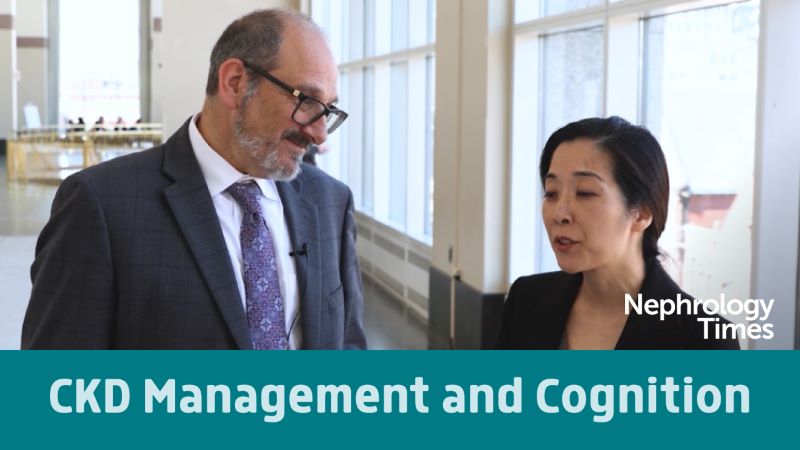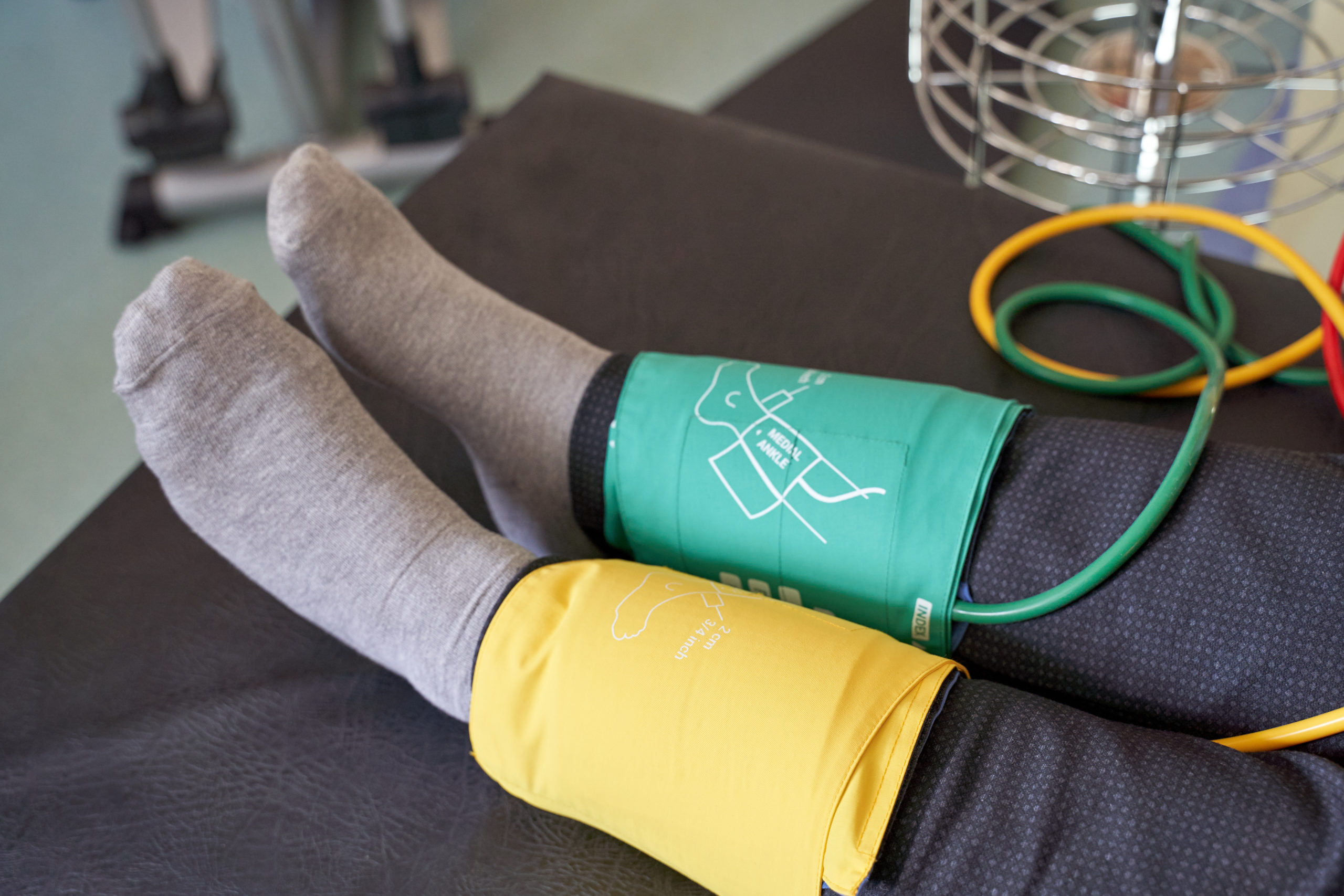
An increase in the global burden of kidney disease persists, as does a continuation of inequities in access and availability of care for patients with the disease. The prevalence of chronic kidney disease (CKD) worldwide is an estimated one in 10 individuals. In low-income and lower-middle-income countries, the prevalence is more than 50%. Approximately 35.5 million adults in the United States are living with CKD. One third of those with diabetes mellitus and one fifth with hypertension may also have CKD.
Results of a large systematic review revealed significant gaps in access to kidney replacement therapies, particularly in sub-Saharan Africa and Asia, where as many as 91% and 83% of individuals who required kidney replacement treatment, respectively, were unable to access that care.
The 10-point International Society of Nephrology Global Kidney Health Atlas was developed in 2017 to examine gaps in care, research, and policies. The survey was conducted in 2017, 2019, and 2023 in 148 countries. Using data reported from 2019 and 2023 from countries that participated in both 2019 and 2023, Ikechi G. Okpechi, MD, PhD, and colleagues examined changes in key measures of kidney care and published their findings in the BMJ [doi:10.1136/bmj-2024-079937].
The outcome measures of interest were kidney replacement treatment services, access, health financing, workforce, registries, and policies for kidney care. Country data were aggregated by International Society of Nephrology regions and World Bank income levels. Participating regions included Africa, Eastern and Central Europe, Latin America, the Middle East, Newly Independent States and Russia, North America and the Caribbean, North and East Asia, Oceania and Southeast Asia, South Asia, and Western Europe.
Of the 148 countries, 141 had available data regarding changes in funding for kidney replacement therapy. Overall, there was an increase in the proportion of countries with publicly funded hemodialysis, from 27% in 2019 to 28% in 2023. In high-income countries, the proportion increased from 40% to 55%, compared to a reduction from 21% to 18% in upper-middle-income countries and from 19% to 0% in low-income countries (P=.046). There was no change globally in the proportion of countries where hemodialysis was reimbursed through private funds and solely out-of-pocket. However, there was a change in Africa from 11% to 17% and from 13% to 19% in low-income countries.
Globally, there was an increase in the proportion of countries that covered peritoneal dialysis through public funding and provided it free at the point of delivery, from 23% to 28%. That proportion decreased in Africa (11% to 9%), the Middle East (36% to 27%), Newly Independent States and Russia (43% to 29%), and Oceania and Southeast Asia (20% to 7%). Across all country income groups, the proportions of countries where solely an out-of-pocket payment method was used for peritoneal dialysis remained stable, but there was a decrease from 13% to 6% in Eastern and Central Europe.
There was an increase globally from 31% to 36% in the proportion of countries where reimbursement for the costs of kidney transplantation and medications were provided through public funds and were free at the point of delivery. In Africa, the Middle East, and the Oceania and Southeast Asia regions, there was no change in that proportion. The proportion of countries where payments for kidney transplantation and medications were through out-of-pocket methods decreased from 8% to 6%. That decrease was 6% to 0% in Latin America and 36% to 0% in the Middle East region (P=.046).
Worldwide, there was an increase in the prevalence of hemodialysis centers, from 4.4 per million population (pmp) to 4.8 pmp (P<.001). There was a decrease from 3.8 pmp to 3.3 pmp in the Middle East, as well as a decrease in high-income countries (8.7 pmp to 8.6 pmp). Overall, the prevalence of peritoneal dialysis centers increased from 1.4 pmp to 1.6 pmp. There was a decrease in Eastern and Central Europe (2.3 pmp to 2.0 pmp), the Middle East (0.8 pmp to 0.7 pmp), North and East Asia (1.9 pmp to 1.3 pmp), and Oceania and Southeast Asia (2.2 pmp to 1.5 pmp).
There was an increase globally in the proportion of countries where hemodialysis was offered three times weekly (three to four hours per session), from 77% to 83%. The increase was seen in Africa, Latin America, Newly Independent States and Russia, North America and the Caribbean, and South Asia. The proportion of countries where adequate peritoneal dialysis was offered also increased (60% to 61%). There was no change overall in the countries with capacity for provision of adequate kidney transplantation. That proportion only increased in Latin America, North America and the Caribbean, and the North and East Asia region.
For hemodialysis and peritoneal dialysis, changes in the proportions of countries where more than 50% of the national populations were able to access treatment were 72% to 74% and 4% to 6%, respectively. There was a decrease from 30% to 29% in ability to access kidney transplantation. There were increases in Africa (3% to 6%), Latin American (17% to 22%), and Western Europe (60% to 85%). Increases in the proportion of countries with access to kidney transplantation were reported only in high-income countries. The proportion was reduced in lower-middle-income countries and remained stable in low-income countries and upper-middle-income countries.
The prevalence of nephrologists increased overall, from 9.5 pmp to 12.4 pmp (P<.001). Their prevalence decreased in Eastern and Central Europe and in North America and the Caribbean region. The prevalence of nephrologists increased across all income levels. There were variations in changes in the availability of kidney registries and in national policies and strategies for kidney care.
Listing possible limitations to the study findings, the researchers cited the use of survey questionnaires that are limited by subjectivity in responses, and different respondents participating in both surveys in some countries.
In conclusion, the authors said, “Important changes in key areas of kidney care delivery were noted across both periods globally. These changes effected [sic] the availability of, and access to, kidney transplantation services. Countries and regions need to enact enabling strategies for preserving access to kidney care services, particularly kidney transplantation.”
Source: BMJ.







 © 2025 Mashup Media, LLC, a Formedics Property. All Rights Reserved.
© 2025 Mashup Media, LLC, a Formedics Property. All Rights Reserved.